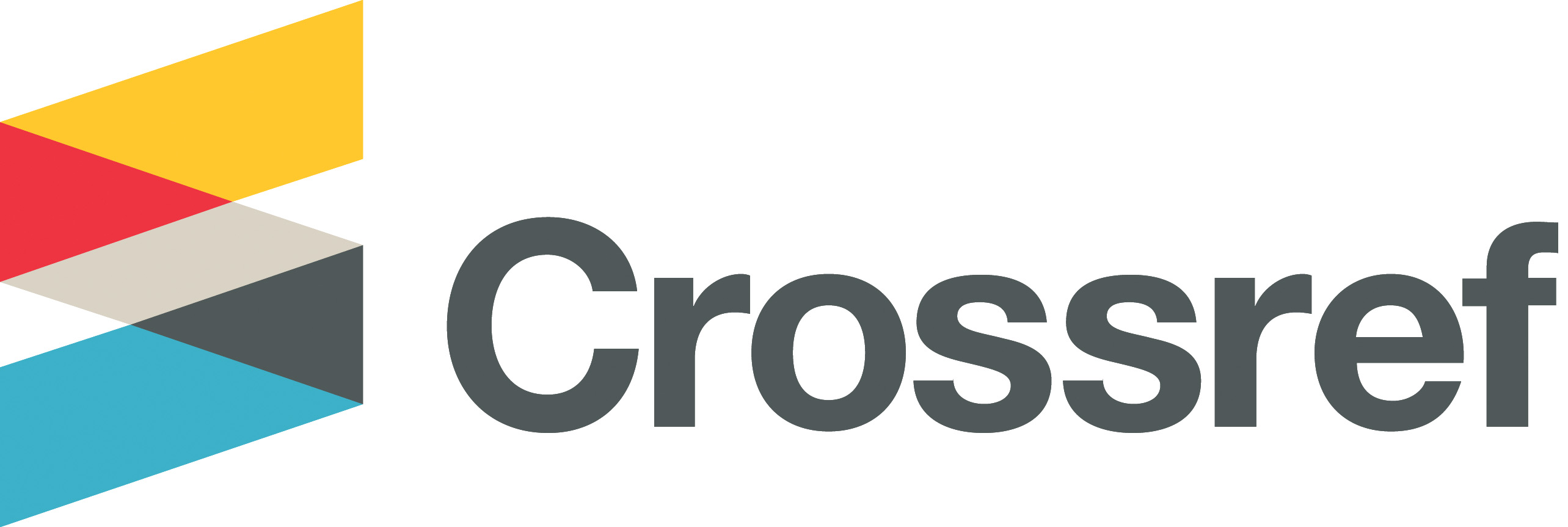Manufacturing the Functions and Responsibilities of the Press Photo
The Photo of the Child Elian as a Model
DOI:
https://doi.org/10.33282/abaa.v8i33%20-%2034.144Keywords:
Manufacturing, the Functions, Responsibilities, the Press Photo, the Child ElianAbstract
The theory of the psychologist’s Piaget states that man passes through four stages; other says that mankind passes through five. At each stage, human learn new characteristics, values, skills, and cultures from different environment that differ from one society to another. Therefore, the cultures of societies vary according to the diversity of the environments. These environments also vary depending on the circumstances surrounding them, e.g., in war environment, the individual learns what he does not learn from living in safe environment. As the environment changes, the communicative message also changes. This message is subject to person, groups, organizations and parties and directed to a diverse audience in its orientations and beliefs. All of these will bring us new cultures and new behaviors. Based on the above, we can put the first brick of this research paper which relates to how to confront students who are victims of many strong contacts in building their ideas and determine their directions before they enter the campus. Those young people, who have spent eighteen years or more in the midst of world, have taken a lot from their personality. And according to modern theories of growth, these years are enough to create a human being. So what the professors of the universities will add to their personalities.
In order to identify the role of the university’s professors in reducing religious, political and social radicalism among the students of the first stage, this research is conducted. The researcher hypothesizes that professors have an important role in the process of change and construction the ideas and attitudes. The researcher uses two questionnaire forums to determine the role, size and importance of the professors one is used for the respondents from the professors, and the second is from the students.
Downloads
References
** يقصد بالقراءة الاولى قراءة الظاهر او سطح الصورة ووصفه وصفا مباشرا ثم القراءة الثانية المعمقة لتحليل وقراءة ما خلف الالوان والخطوط والاشكال ، للمزيد من المعلومات انظر عز الدين شبوط ، لغة الفن التشكيلي ، ط1 ، 1993 .
1- قدوري عبد الله ثاني ، سيميائية الصورة ، مؤسسة الوراق للنشر والتوزيع ، عمارة ، 2008 ، ص105.
2- شوقي عيسى ، التصوير الصحفي ، الكيفية والمفهوم ،
استرجع بتاريخ 2/12/2015. www.alrafedein.com
3- مي خلف ، الصورة الفوتوغرافية بين المعنى الدلالي والمعنى الحرفي: استرجع بتاريخ 10/12/2015 www.nok6a.net .
4- جوناثان بينغل ، ترجمة أ.د محمد شيا / مدخل إلى سيميائية الإعلام ، ط1 ، االمؤسسة الجامعية للدراسات والنشر ، بيروت ، 2011 ، ص17.
5- ندى سعود ، مستويات التحليل اللغوي.
محاضرات في جامعة الملك سعود ، كلية الدراسات التطبيقية
استرجع بتاريخ 15/2/2016
www.fac.ksu.edu.sa.com
6- جوناثان نيغل ، مصدر سابق ، ص17.
7- رولان بارت ، مبادئ علم الادلة ، تعريب محمد البكري ، دار الحوار ، سوريا ، طذ ، 1987 ، ص28 نقلا عن محمد داني ، المغرب ، ماهية سيميائيات الصورة.
8- سعيد بنكراد ، السيميائيات ، مفاهيمها وتطبيقاتها ، سلسلة شرفات منشورات الزمن ، الرباط ، 2003 ، ص79 نقلا عن www.uob.edu ، مصدر سابق ، استرجع بتاريخ 3/1/2016.
9- حسن الصديق ، سيميائية الصورة وسيميائية النص
استرجع بتاريخ 3/1/2016 www.communan press.com
10 – محمد داني ، مصدر سابق ، www.uob.edu ، استرجع بتاريخ 5/1/2016.
Downloads
Key Dates
Published
Issue
Section
License
Authors retain copyright and grant the journal right of first publication with the work simultaneously licensed under a Creative Commons Attribution License (CC BY 4.0) that allows sharing the work with recognition of authorship and initial publication in ABBA journal.


















